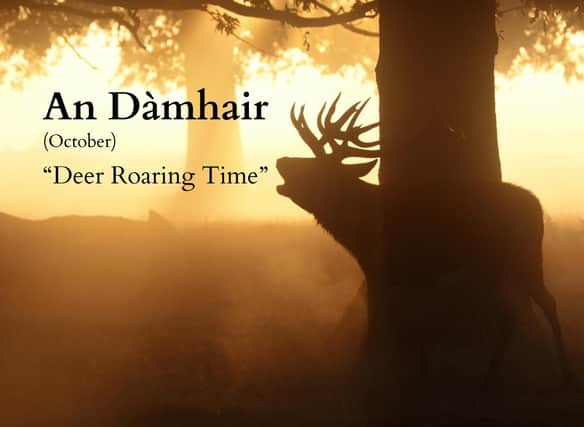

Celtic Calendar of Scotland: Names of months and seasons in Scottish Gaelic explained
Roman relics of the Gregorian Calendar hold little bearing in today’s world (e.g. October’s ‘octo’ as the eighth month) but another world is unlocked when it is interpreted via Gaelic.
The Julian twelve-month calendar dates back to the reign of Julius Caesar in 46 BC. It replaced the former ten-month one but had its own problems. Thus, by 1582, the Gregorian Calendar was introduced and the British government adopted it as the country’s modus operandi in 1752. This is why many month names derived from Roman numbers are misleading.
In the ancient Roman system the new year started in March which is why September is derived from the Latin “septem” meaning seven despite it now being the ninth month. Many Scots were resistant to the change, however, as seasonal customs alive today attest to e.g., some Shetlanders celebrate Aald (Old) Christmas Day on January 6 in keeping with the old Julian calendar.
That said, many other Scottish customs are modelled on the Celtic calendar which was the land’s previous - and far more ancient - modus operandi. Broadly, it divided the year into two halves: the dark half (winter) and the bright one (summer). Darkness was thought to precede light which is why the year started with the dark half during Samhain; known today as Halloween.
The black and orange aesthetic of the Celtic festival represents these two halves which were symbolic of life and death. Many other customs observed in Scotland today also descend from the Celtic calendar including Lammas Day which heralded the start of harvesting time. Our forebearers were not on the land so much as they were of the land; Celts were firmly grounded in agrarian traditions and deeply connected to the environment which is reflected in their heritage languages e.g., Gaelic.
On Celtic atlases we see place names that, if you know how to read Scottish maps, reveal an ancient relationship between people and places as well as many natural (and sometimes supernatural) observations. For example, we have Ardnamurchan which is anglicised from the Gaelic for “Height of the Seals” revealing the area’s fauna. Other examples like Glenshee come from the Gaels’ description “Glen of the Fairies” which posed a warning to wanderers.
The same is true of Gaelic descriptions for months such as October which is “An Dàmhair” or “Deer Roaring Time” - a reference to the rutting season of Scotland’s Red Deer Stags who yell loudly to attract females at this time. As Nature Scot writes: “Gaelic names and folklore reveal how fundamental nature and all its benefits were to Scotland’s Gaels…”
They continue: “The Gaels knew that we’re all connected to the natural world, and that human life depends on nature for survival – something that’s as true today as it was back then.”
Halloween 2023 is just around the corner which means the Celtic New Year is upon us. In celebration, let’s take a look at the months and seasons of Scotland as they are known in our native Gaelic tongue.
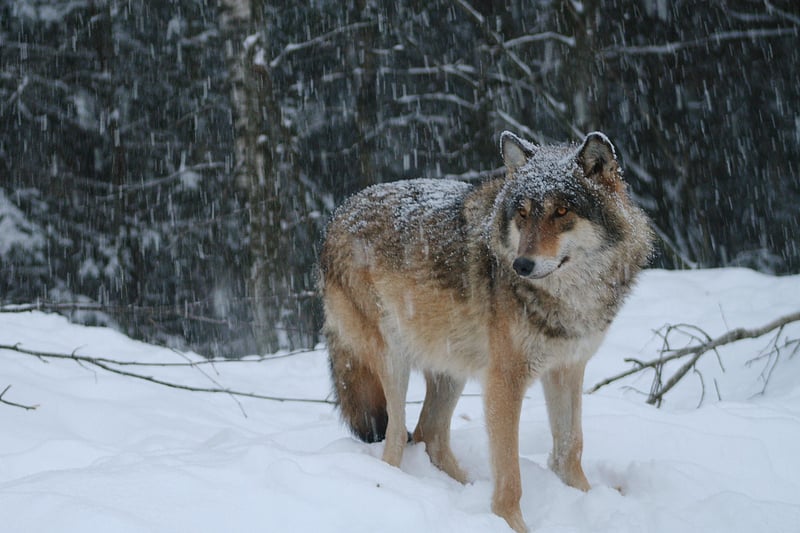
1. January | Am Faoilleach
“Am Faoilleach” corresponds to what we now accept as the first month of the year; January. It is said to mean “wolf month” or “wolf ravaging time” and that is because these wild animals - that were once abundant in Scotland - were particularly dangerous at this time of year due to their hunger. Originally, this represented a period that spanned mid-January to mid-February. To this day, the full moon of January is known as the “Wolf Moon” in reference to this heritage of hungry howling hounds.
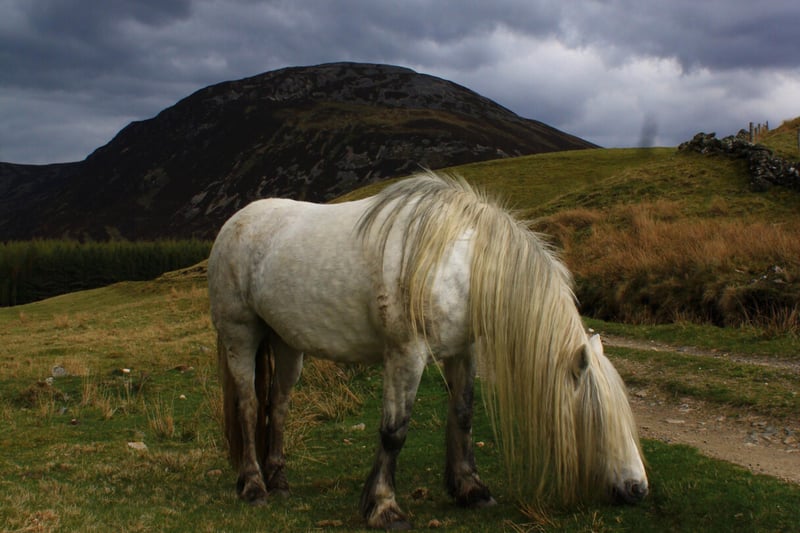
2. February | An Gearran
Several months of the ‘Gaelic Calendar’ relate to animals like “An Gearran” does. Originally, the term “gearran” meant “gelding” (a castrated male horse or other equine) which is now applied to Highland ponies with the English-spoken word “garron”. Scottish Gaels took note of winds in the late winter to spring period as these were crucial to calculating when to conduct farming activities. Thus, they were named the ‘horse winds’ in honour of the animals used on the farm and this phrasing is still recognised in modern times.
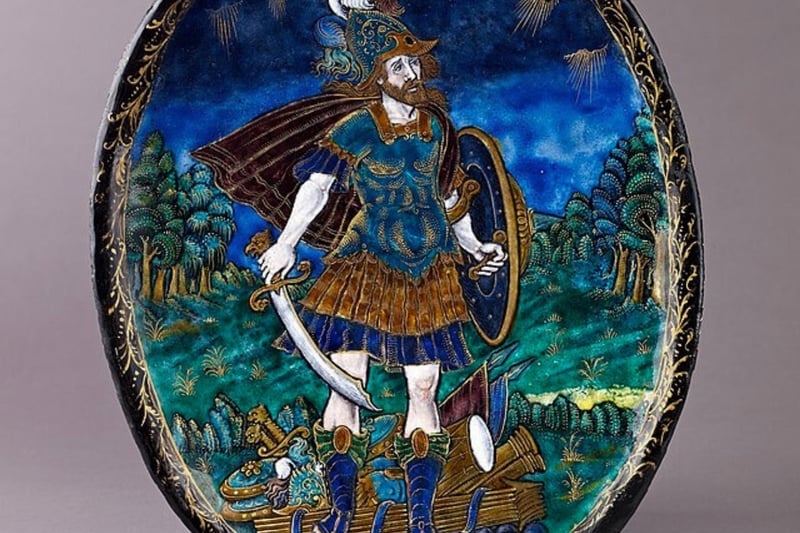
3. March | Am Màrt
The Gaelic for March is tied to the Latin “Martius” for Mars; the Roman God of War. Spring often arrived on the back of rainstorms and fierce winds which is why some associated it with him but it is also said to be the time when military campaigns resumed in ancient Rome. Curiously, the word is phonetically very similar to the Gaelic word “mart” which refers to a cow e.g., a “mart-bainne” is a milk cow. Highland cows are known to have calves in March and April so there is thought to be a connection between the two.
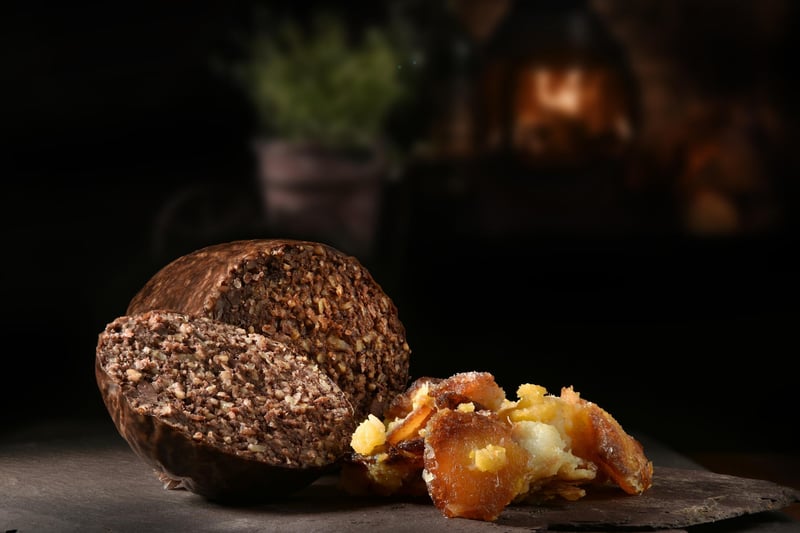
4. April | An Giblean
Etymologists explain that the Gaelic for April may be interpreted as “Pudding Month”. It reflects the time that Gaels gathered leftover food from winter and - in celebration of surviving the most unforgiving time of the year - turned it into a feast for all to enjoy. This included fats, oatmeal and other essential stocks that were critical to the survival of villages during the cold months. Scottish Gaelic on Duolingo summarises it with the following: “The pudding month. The month you make puddings. Great craic all round.”
